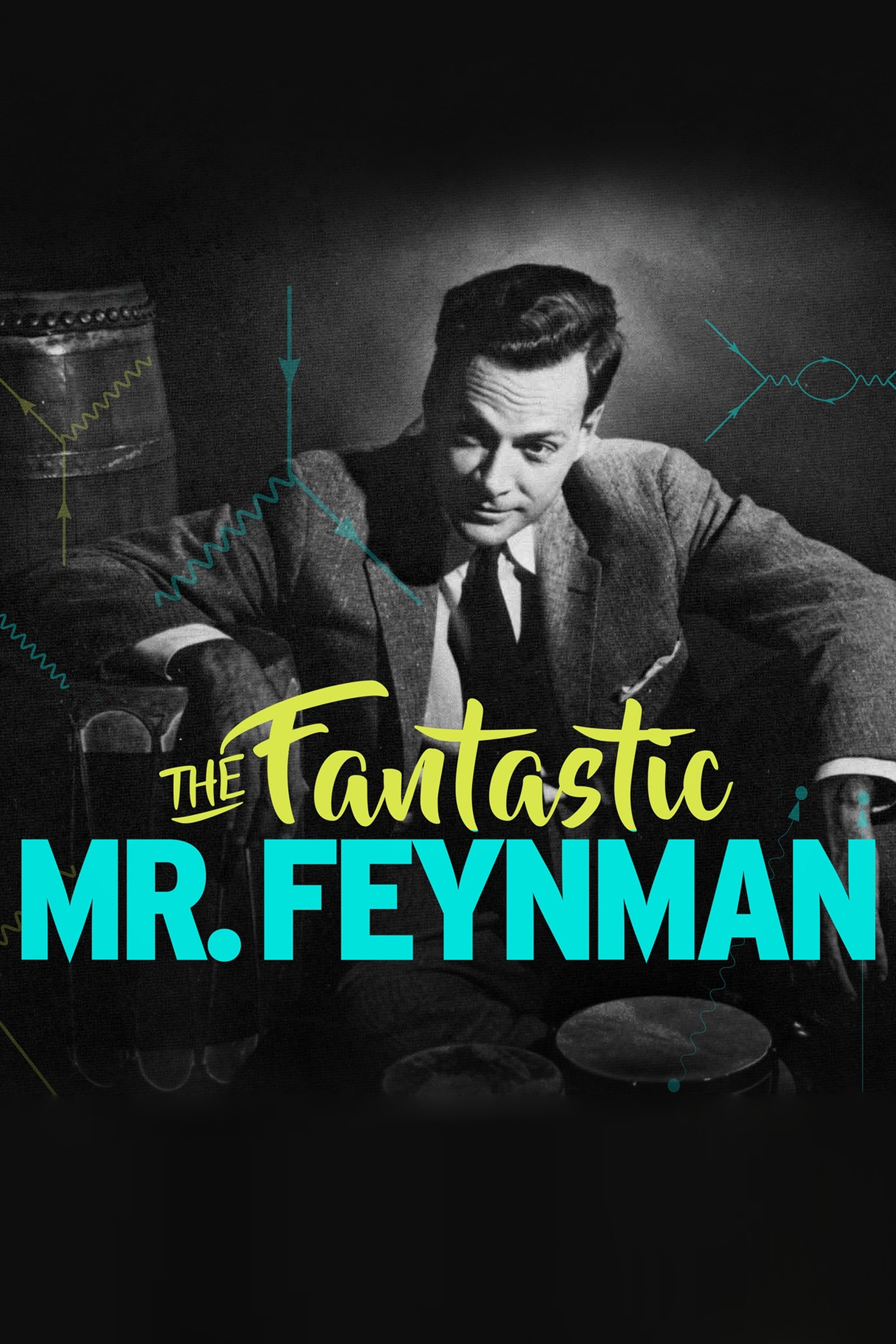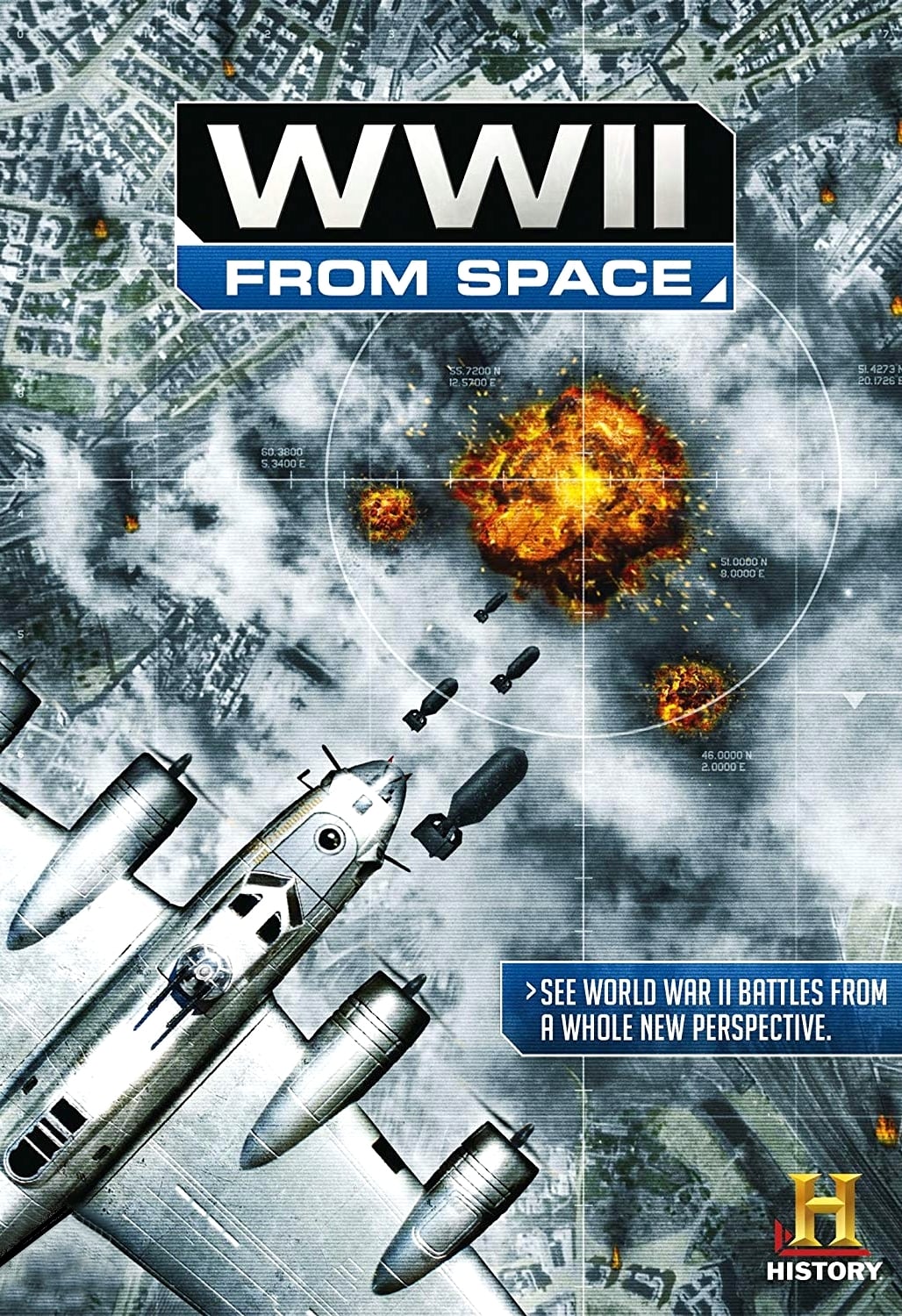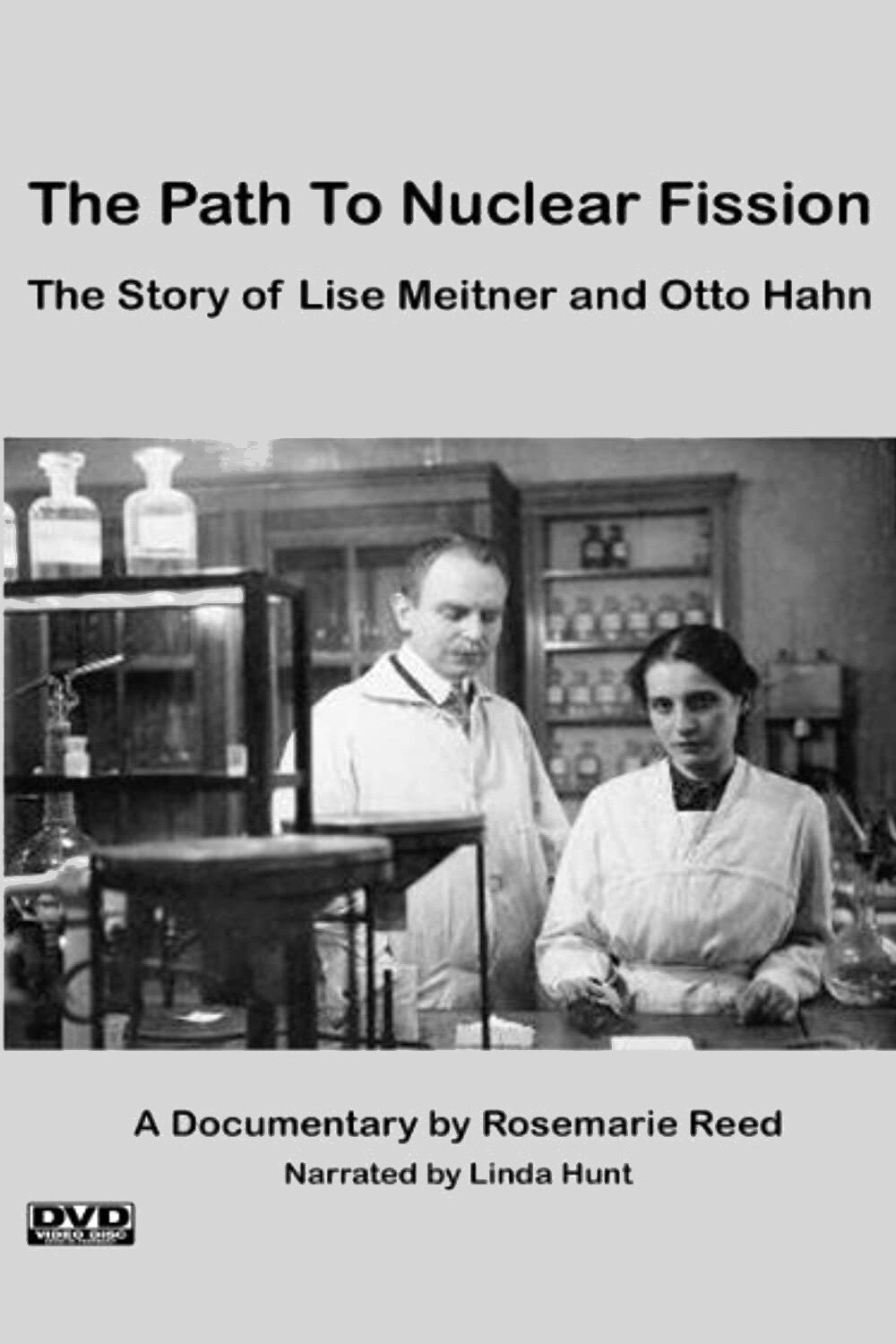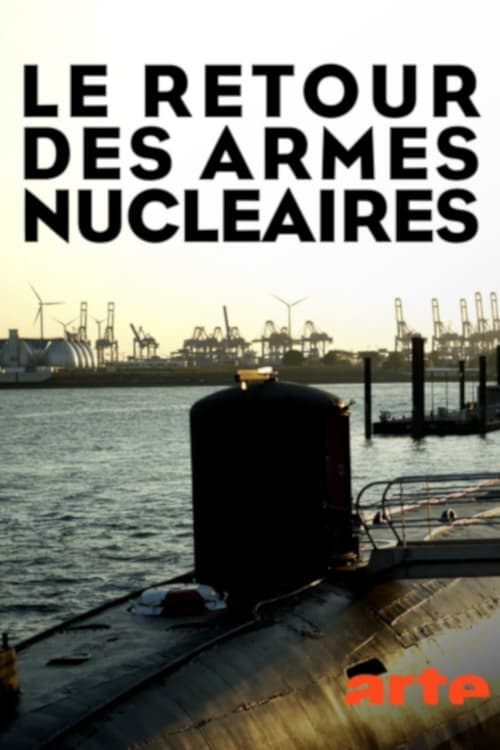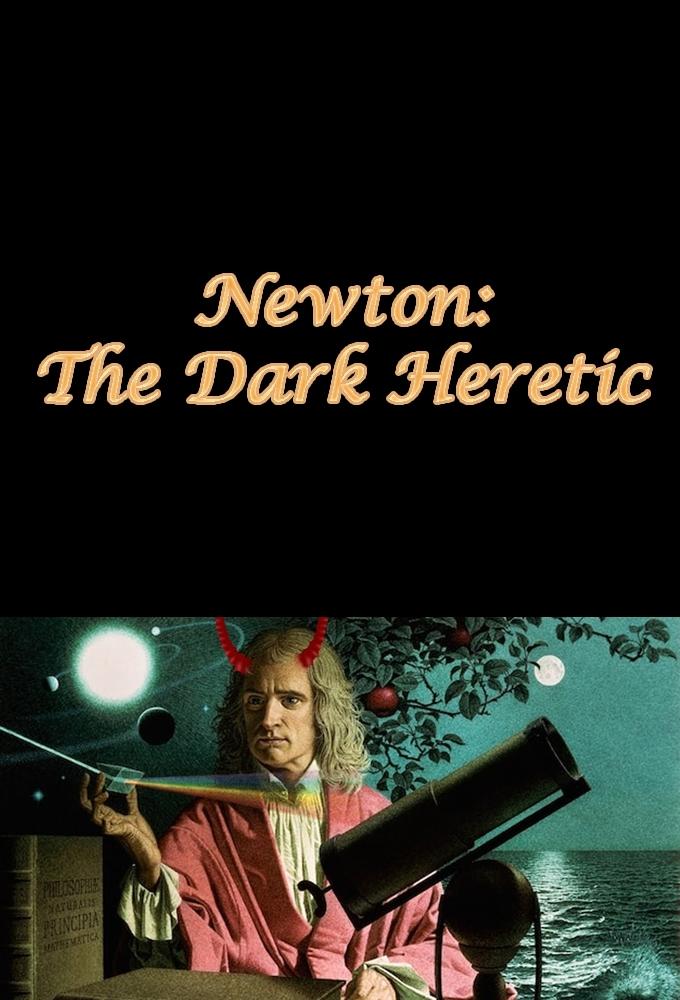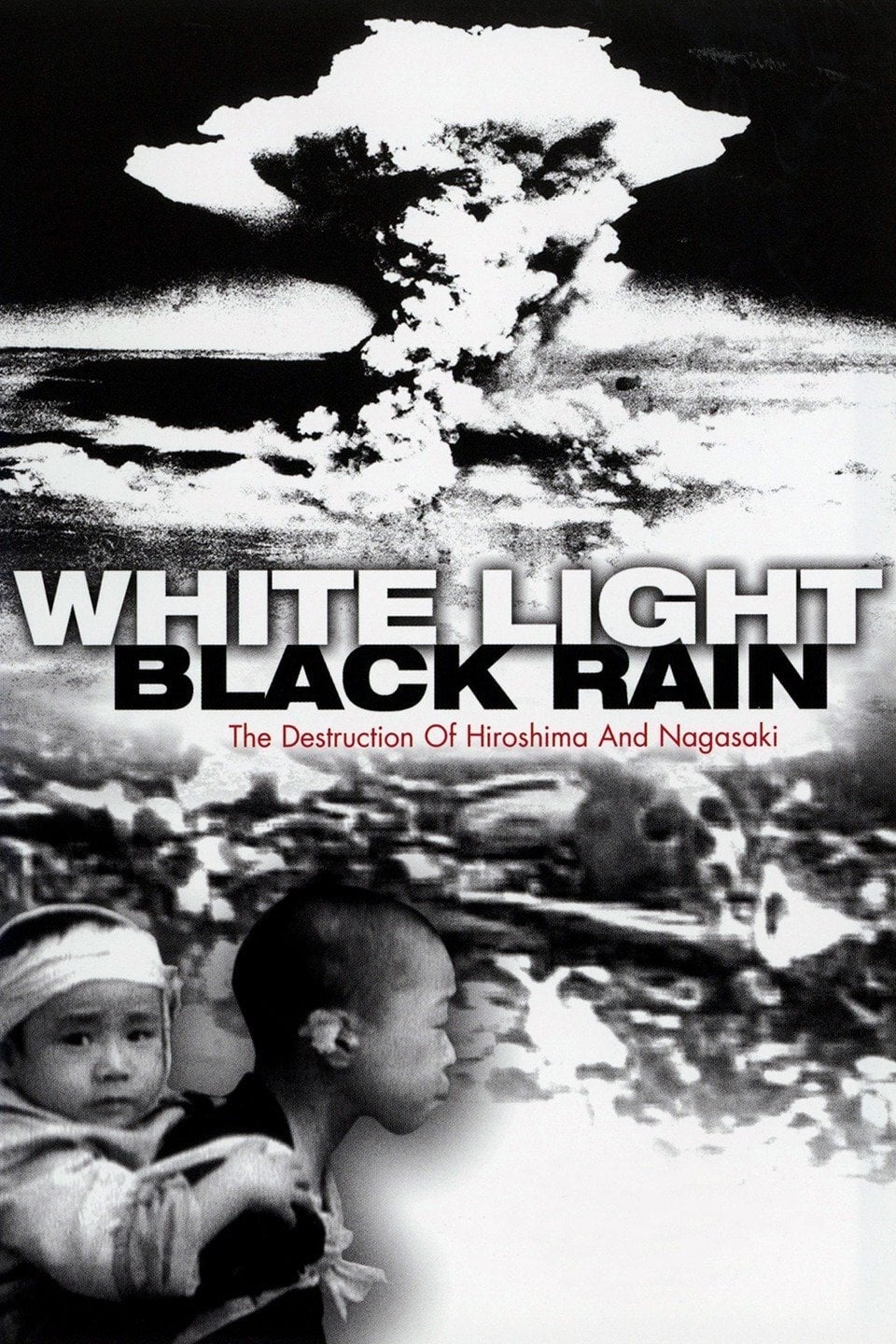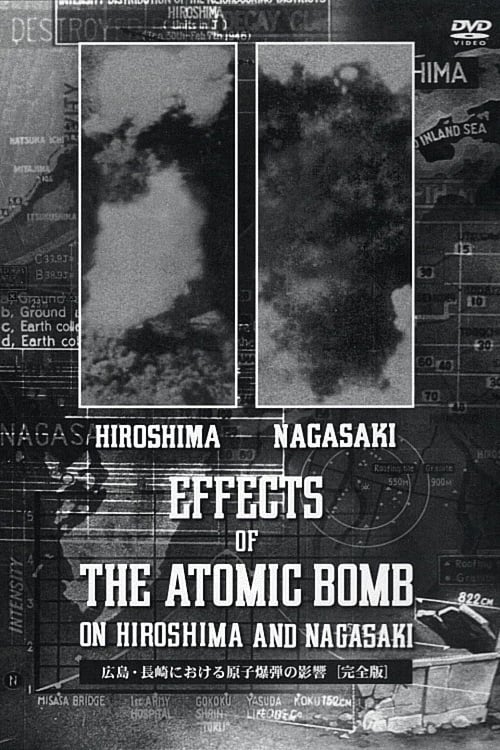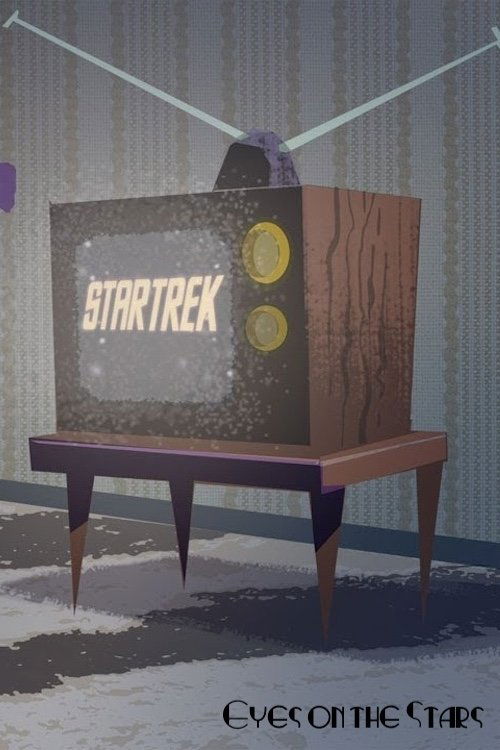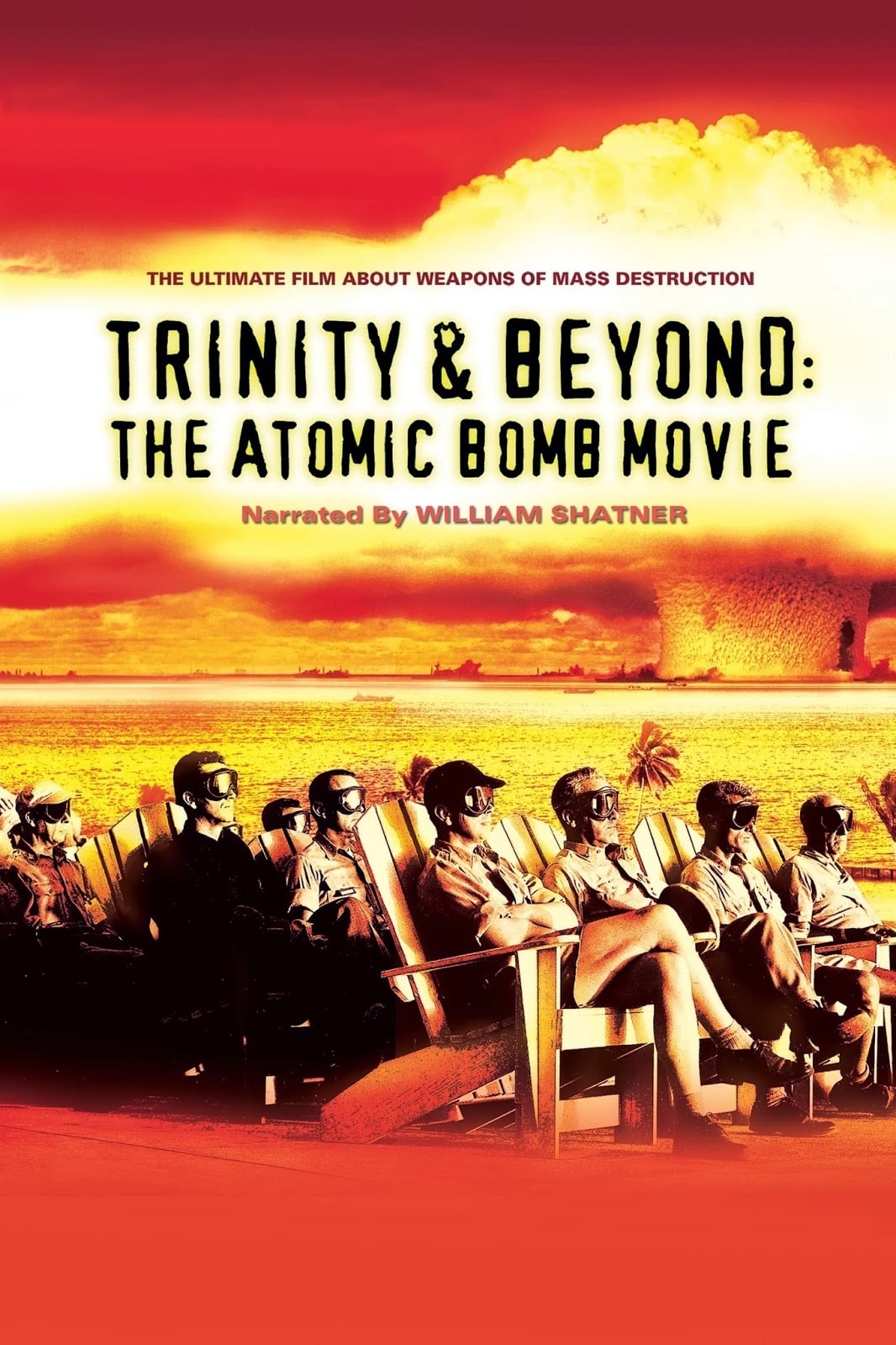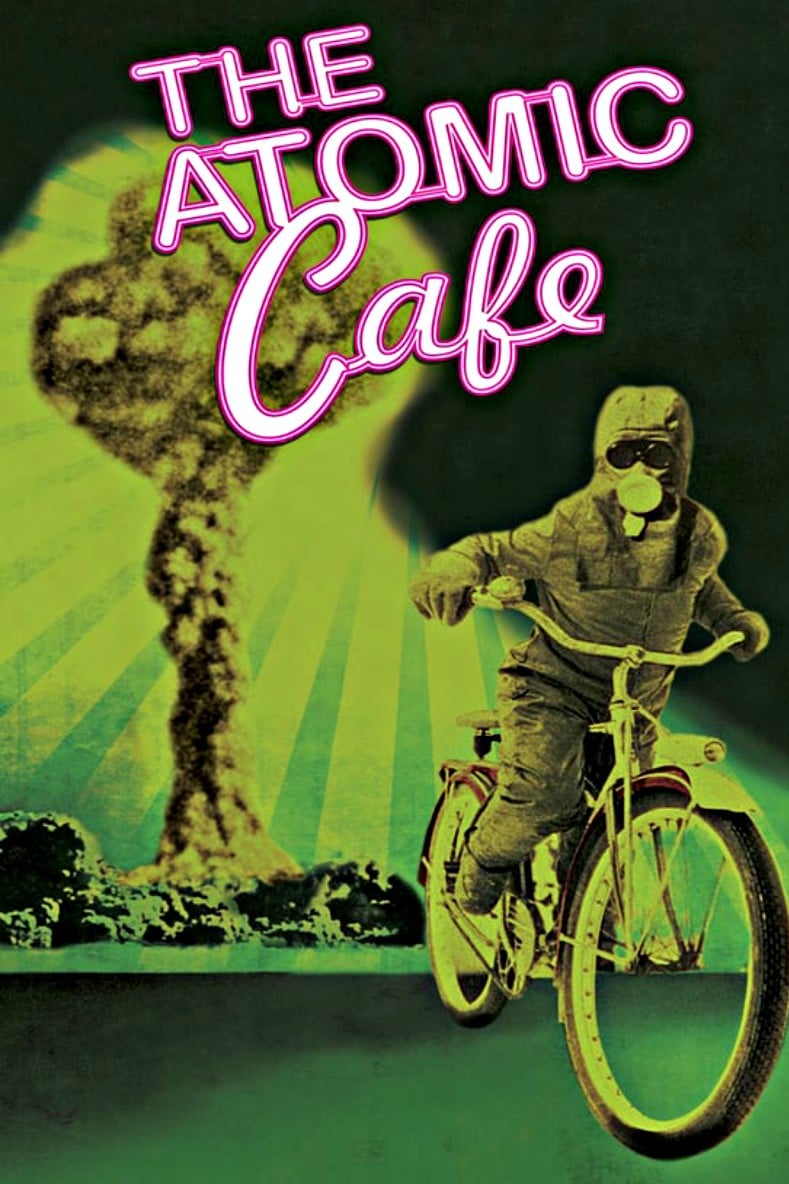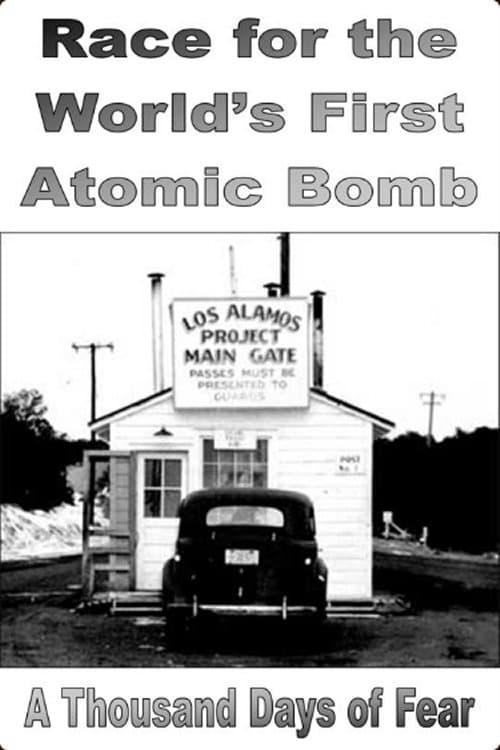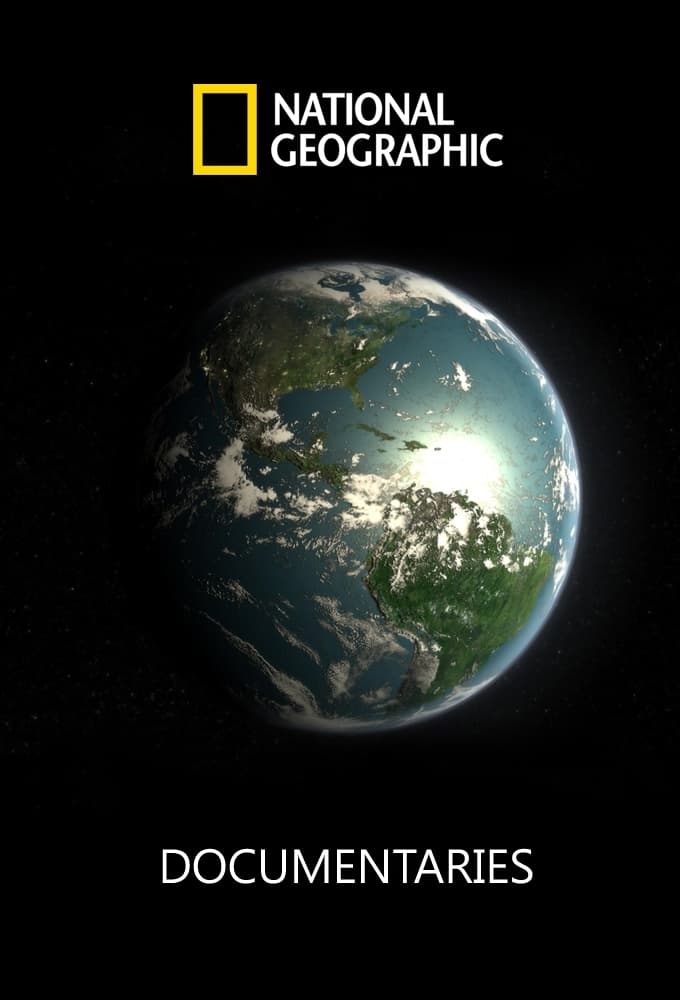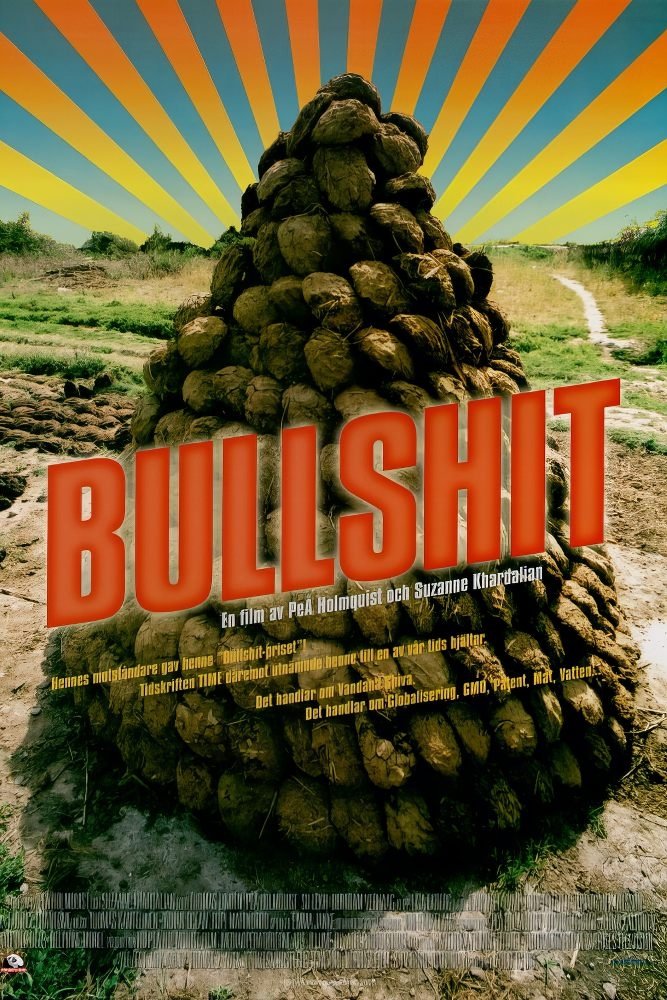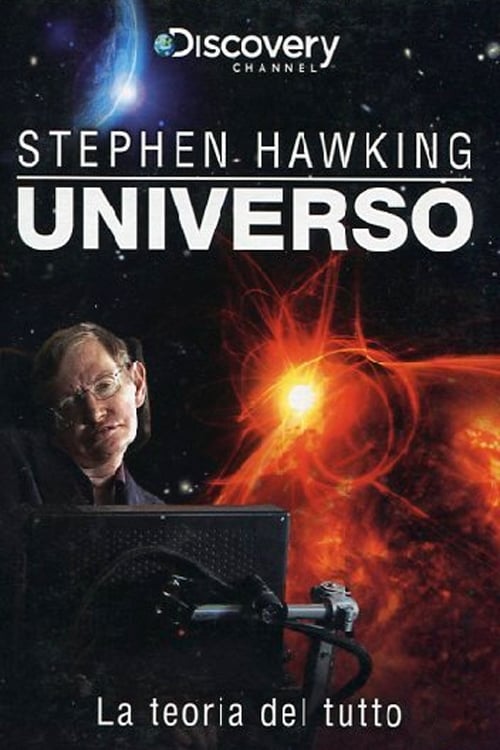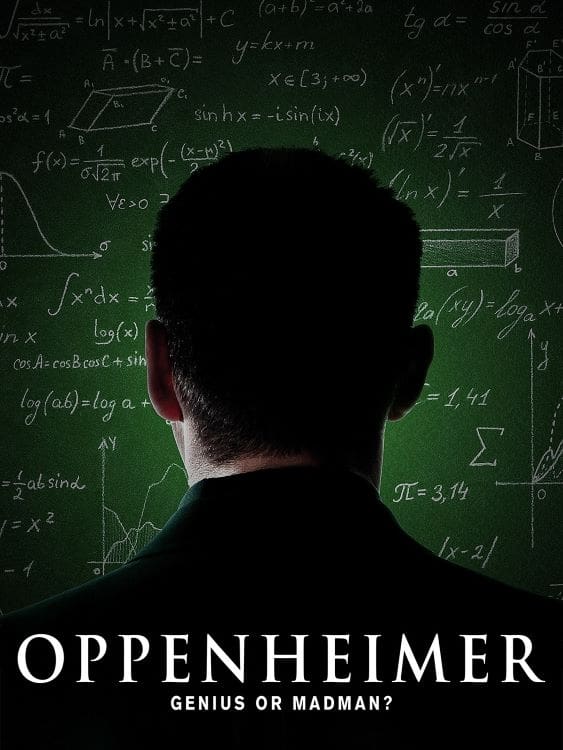
Oppenheimer: Genius or Madman? (2023)
Overview
This documentary explores famous figure J. Robert Oppenheimer, an American theoretical physicist who was called, "father of the atomic bomb" for his role in the Manhattan Project.
Production Companies
Additional Info
| Budget | $0.00 |
|---|---|
| Revenue | $0.00 |
| Original Language | en |
| Popularity | 1.519 |
Directed By
TOP CAST
Similar Movies
The Fantastic Mr Feynman
Richard Feynman is one of the most iconic, influential and inspiring scientists of the 20th century. He helped design the atomic bomb, solved the mystery of the Challenger Shuttle catastrophe and won a Nobel Prize. Now, 25 years after his death - in his own words and those of his friends and family - this is the story of the most captivating communicator in the history of science.
WWII From Space
WWII from Space delivers World War II in a way you've never experienced it before. This HISTORY special uses an all-seeing CGI eye that offers a satellite view of the conflict, allowing you to experience it in a way that puts key events and tipping points in a global perspective. By re-creating groundbreaking moments that could never have been captured on camera, and by illustrating the importance of simultaneity and the hidden effects of crucial incidents, HISTORY presents the war's monumental moments in a never-before-seen context. And with new information brought to the forefront, you'll better understand how a nation ranked 19th in the world's militaries in 1939 emerged six years later as the planet's only atomic superpower.
Searching for the Standing Boy of Nagasaki
October 1945. A young Japanese boy in the devastated city of Nagasaki, two months after the atomic bomb, carries on his back the lifeless body of his younger brother. An American military photographer, Joe O'Donnell, took a picture of the boy standing stoically near a cremation pit. No one knows the subject's name, but the photo has become an iconic image of the human tragedy of nuclear war. This documentary follows the continuing efforts to deepen understanding of the photograph, while exploring the fate of thousands of atomic-bomb orphans and their struggles to survive the aftermath of World War II.
The Path to Nuclear Fission: The Story of Lise Meitner and Otto Hahn
A story about the life and turbulent times of Lisa Meitner and Otto Hahn, two exceptional scientists whose remarkable collaboration culminated in the discovery of nuclear fission, the division of the atom that changed the future. The show traces the development of nuclear science in the first half of the twentieth century, Meitner's early struggle for education and her quest to gain a foothold in the world of male-dominated physics, Hahn's initial research and independent discoveries, the collaborative discovery of the two scientists, as co-discoverers and the award of the Nobel Prize only to Hahn.
Newton: The Dark Heretic
A BBC documentary uncovers, for the first time, the original manuscript where Newton forecast the date of the end of the world. Newton, the father of modern mathematics, dedicated a large part of his life to a quest to decode the Bible which he believed to be the word of God. For over 50 years, he studied the Bible trying to unravel God's secret laws of the Universe. He was fanatical in his quest to discover the date for the Second Coming of Christ and the end of the world. Scholars have spent years trying to unravel Newton's writings on the Book of Revelation to establish when he thought the apocalypse was coming.
Hiroshima Revealed
Pulitzer Prize -- winning journalist John Hersey caused a sensation when he published "Hiroshima", the first account for American readers of the horror experienced by victims of the 1945 Hiroshima atomic bomb attack. "Hiroshima" stunned readers with its descriptions of the terrible aftermath of the bombing, yet Hersey never spoke about his experience in Hiroshima.
White Light/Black Rain: The Destruction of Hiroshima and Nagasaki
Steven Okazaki presents a deeply moving look at the painful legacy of the first -- and hopefully last -- uses of nuclear weapons in war. Featuring interviews with fourteen atomic bomb survivors - many who have never spoken publicly before - and four Americans intimately involved in the bombings, White Light/Black Rain provides a detailed exploration of the bombings and their aftermath.
Effects of the Atomic Bomb on Hiroshima and Nagasaki
This was the only documentary made in the aftermath of the atomic bombings of 1945. Japanese filmmakers entered the two cities intent on making an appeal to the International Red Cross, but were promptly arrested by newly arriving American troops. The Americans and Japanese eventually worked together to produce this film, a science film unemotionally displaying the effects of atomic particles, blast and fire on everything from concrete to human flesh. No other filmmakers were allowed into the cities, and when the film was done the Americans crated everything up and shipped it to an unknown location. That footage is now lost. However, an American and a Japanese filmmaker each stole and hid a copy of the film, fearful that the reality of Hiroshima and Nagasaki would be hidden from history. Eventually, these prints surfaced and became our only precious archive of the aftermath of nuclear warfare -- a film that everyone knows in part, yet has rarely seen in its entirety.
Storycorps: Eyes on the Stars
On January 28, 1986, NASA Challenger mission STS-51-L ended in tragedy when the shuttle exploded 73 seconds after takeoff. On board was physicist Ronald E. McNair, the second African American to enter space. But first, he was a kid with big dreams in Lake City, South Carolina.
Trinity and Beyond: The Atomic Bomb Movie
"Trinity and Beyond" is an unsettling yet visually fascinating documentary presenting the history of nuclear weapons development and testing between 1945-1963. Narrated by William Shatner and featuring an original score performed by the Moscow Symphony Orchestra, this award-winning documentary reveals previously unreleased and classified government footage from several countries.
The Atomic Cafe
A disturbing collection of 1940s and 1950s United States government-issued propaganda films designed to reassure Americans that the atomic bomb was not a threat to their safety.
Race for the World's First Atomic Bomb: A Thousand Days of Fear
The personalities behind the creation of the world's first atomic bomb were as extraordinary, and often as explosive, as the science they were working in. This is the inside-the-barbed-wire story of the men and women who worked on the Manhattan Project at Los Alamos. Through first-hand accounts and never-before-seen interviews, this documentary looks inside the atomic insiders' hearts and minds, their triumphs and failures, their bravery in the face of paralyzing fear and, ultimately, their war-winning and world-changing accomplishments.
The World's Biggest Bomb Revealed
National Geographic 2011 Documentary on the World's Biggest Bomb (UK).
Bullshit
Her opponents gave her the “Bullshit Award” for sustaining global poverty. Time Magazine hailed her as one of the great heroes of our time – an icon for young people all over the world. She is Vandana Shiva and this is a film about globalization, genetic engineering, bio-piracy, and indigenous knowledge.
Stephen Hawking and The Theory of Everything
Twenty years after A Brief History of Time flummoxed the world with its big numbers and black holes, its author, Stephen Hawking, concedes that the "ultimate theory" he'd believed to be imminent - which would conclusively explain the origins of life, the universe and everything - remains frustratingly elusive. Yet despite his failing health and the seeming impossibility of the task, Hawking is still devoted to his work; an extraordinary drive that's captured here in fleeting interview snippets and footage of the scientist sharing a microwave dinner with some fawning PhD students. Though the pop-science tutorials that dapple the first of this two-part biography are winningly perky, Hawking, alas, remains as tricky to fathom as his boggling quantum whatnots
Living with the Atom
This film covers the basics of atomic theory while addressing the moral issues inherent in yielding such godlike power.
Akiko's Piano: Chords Played by the Surviving Piano
1940, Kawamoto Akiko lives in Hiroshima with her father and mother, Genkichi and Shizuko, as well as her two younger brothers. Akiko loves playing her favourite piano. As the war situation worsens, she is busy helping out the war efforts. On the morning of August 6, 1945, she disobeys her father and heads into the centre of town for work. In Hiroshima 75 years later, her favourite piano remains, restored and playable following its survival of the atomic bombing
